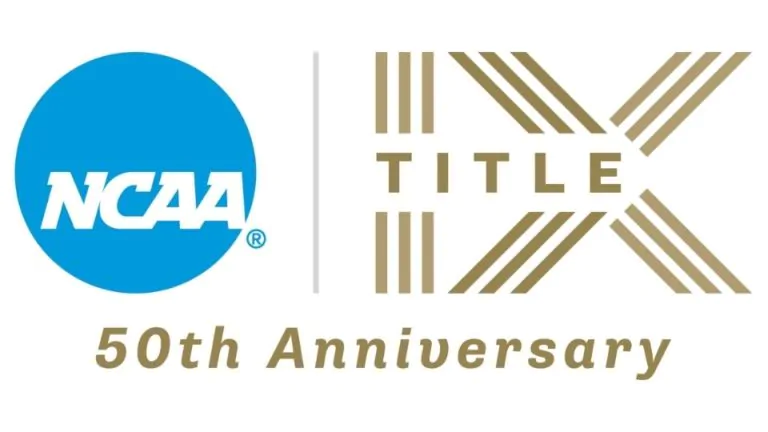College club sports can be a great opportunity for athletes who want to continue playing their sport in college. Club sports give athletes the opportunity to have great competition, meet new people, and stay in shape. The recruiting process can be hard and frustrating, and college club sports give students the opportunity to go to their dream school and play their sport at the same time. There are countless benefits to college club sports, but what does it all truly entail? What does it mean to play a club sport? Here are 6 facts about college club sports.
1. Club vs. NCAA
One of the most important differences between club and varsity sports is that club sports are not sponsored by the NCAA, NAIA, NJCAA, etc. Club sports can be found at schools that have NCAA-sponsored sports and schools that don't. Generally, the larger your school, the more club teams your school will have.
2. Budget
Because club sports don't have any sort of overall governing body (some specific sports have one), the funding comes primarily from the athletes themselves and fundraising. The cost for these sports can be as little as around $50 to upwards of a couple thousand dollars depending on the sport. Students have to organize things like uniforms, equipment, travel, and meals on the road. Sometimes, colleges will subsidize some of the expenses, but it all depends on the school.
3. Eligibility
If you play an organized club sport for a couple of years and then decide that you want to play varsity at your school or another school, you may have limited eligibility left. You would need to check with your school's compliance office to see how many years of varsity sports you could play.
4. Time Commitment
Again, this all depends on the intensity of the club team you play for. However, most club teams will practice 2-3 times a week for about two hours. Varsity teams get priority for practice times and field space, so if you choose to join a club team, you might be looking at some very early or very late practices in your future.
5. Specific Governing Bodies
Many college club sports have governing bodies for their specific sport. For example, golf is governed by the National Collegiate Club Golf Association (NCCGA), volleyball is governed by the National Collegiate Volleyball Federation (NCVF), and skiing and snowboarding is governed by the United States College Ski Association (USCSA). These governing bodies will set up tournaments, leagues, and even regional and national tournaments.
6. Ability Levels
Athletes of all ability levels can join a club team. Most teams do hold tryouts and some will have cuts. Club teams don't do recruiting or commitments while you are in high school, so the range of talent that the captains have to choose from is limited to the student body. You do not have to be a high school star or elite-level athlete to compete at the club level.







